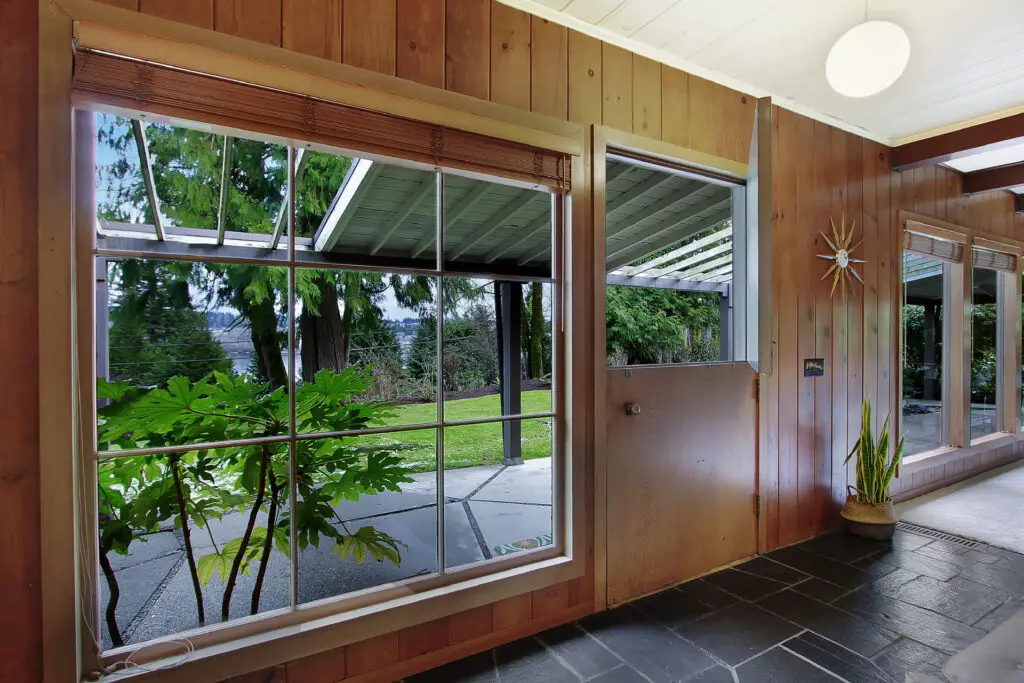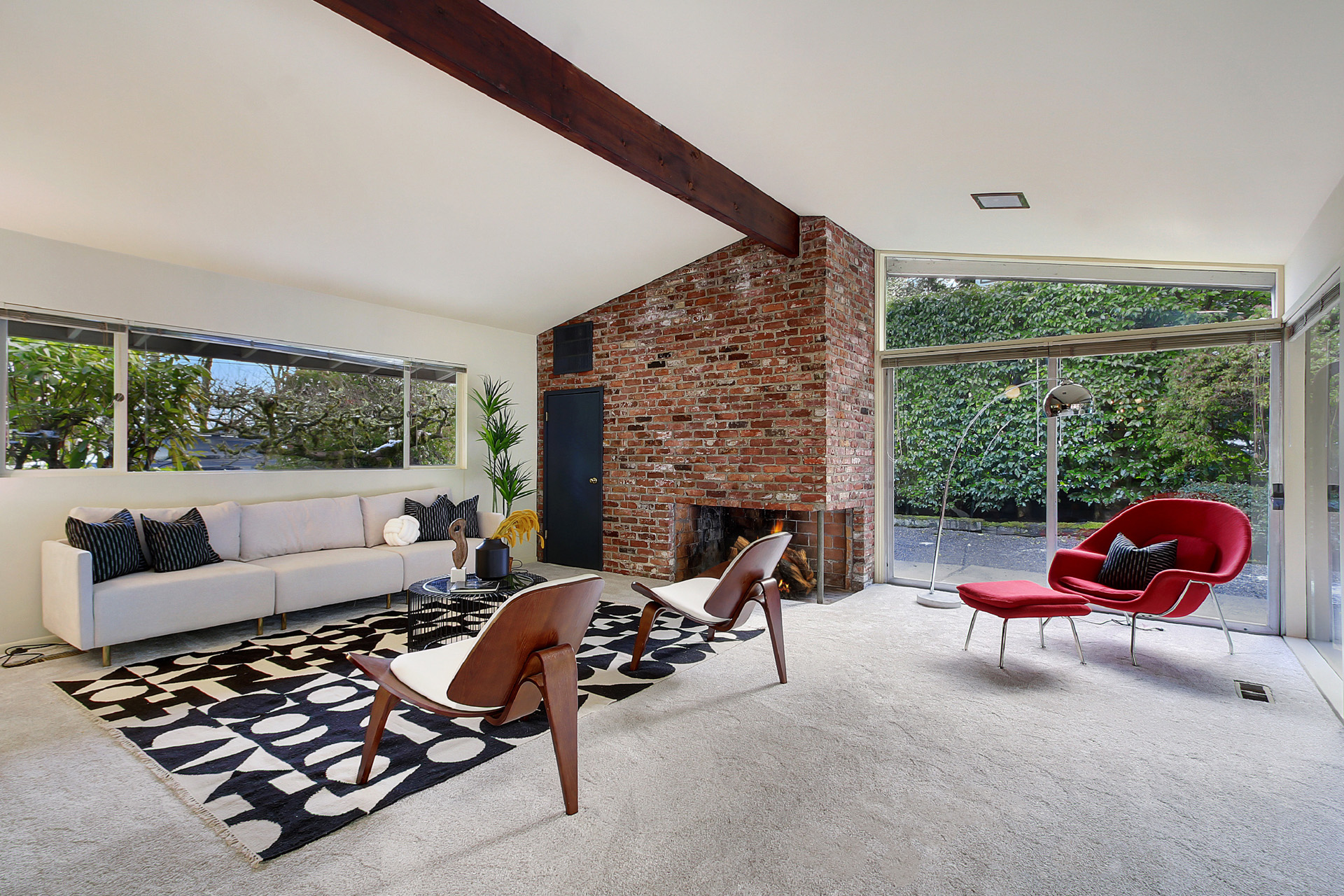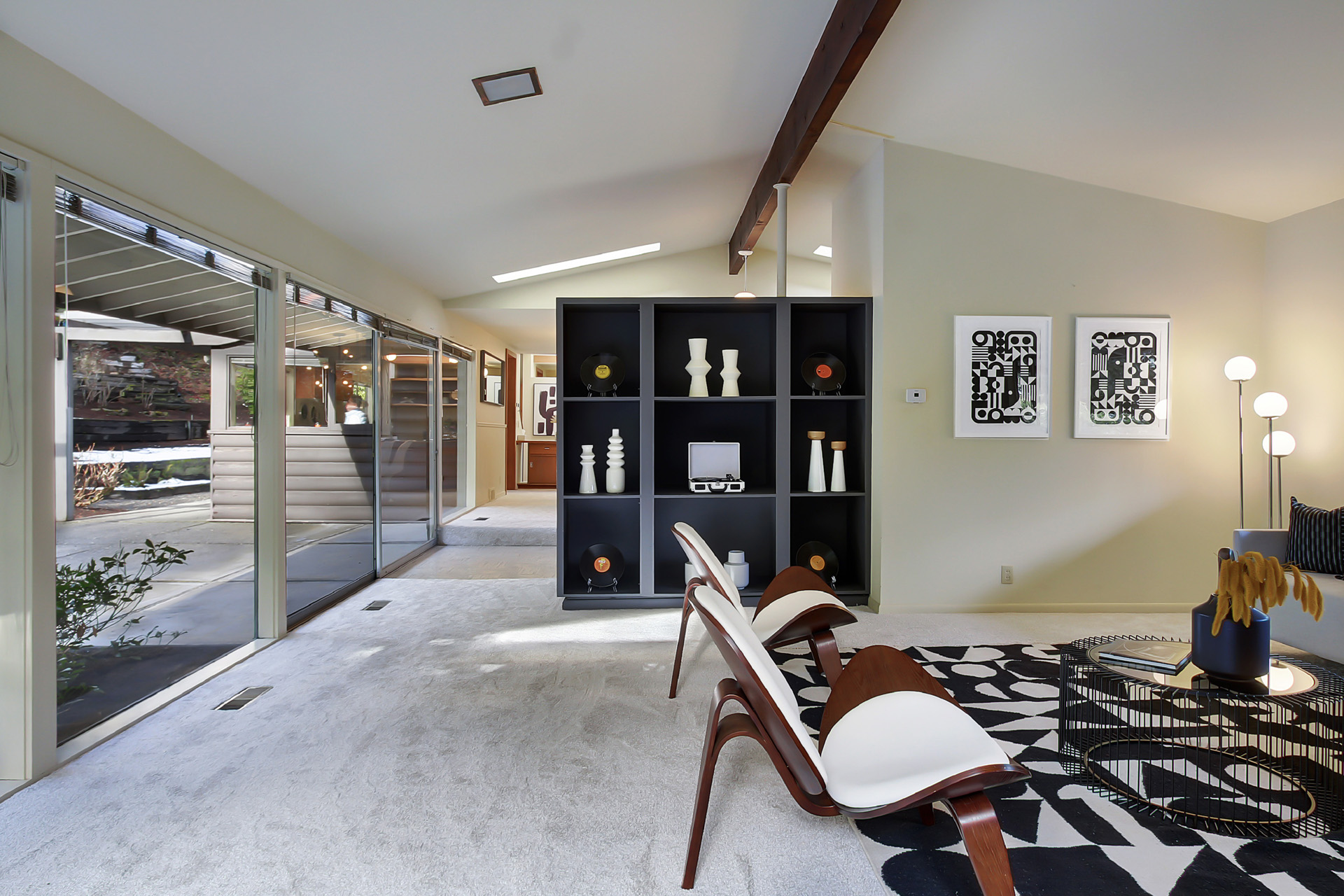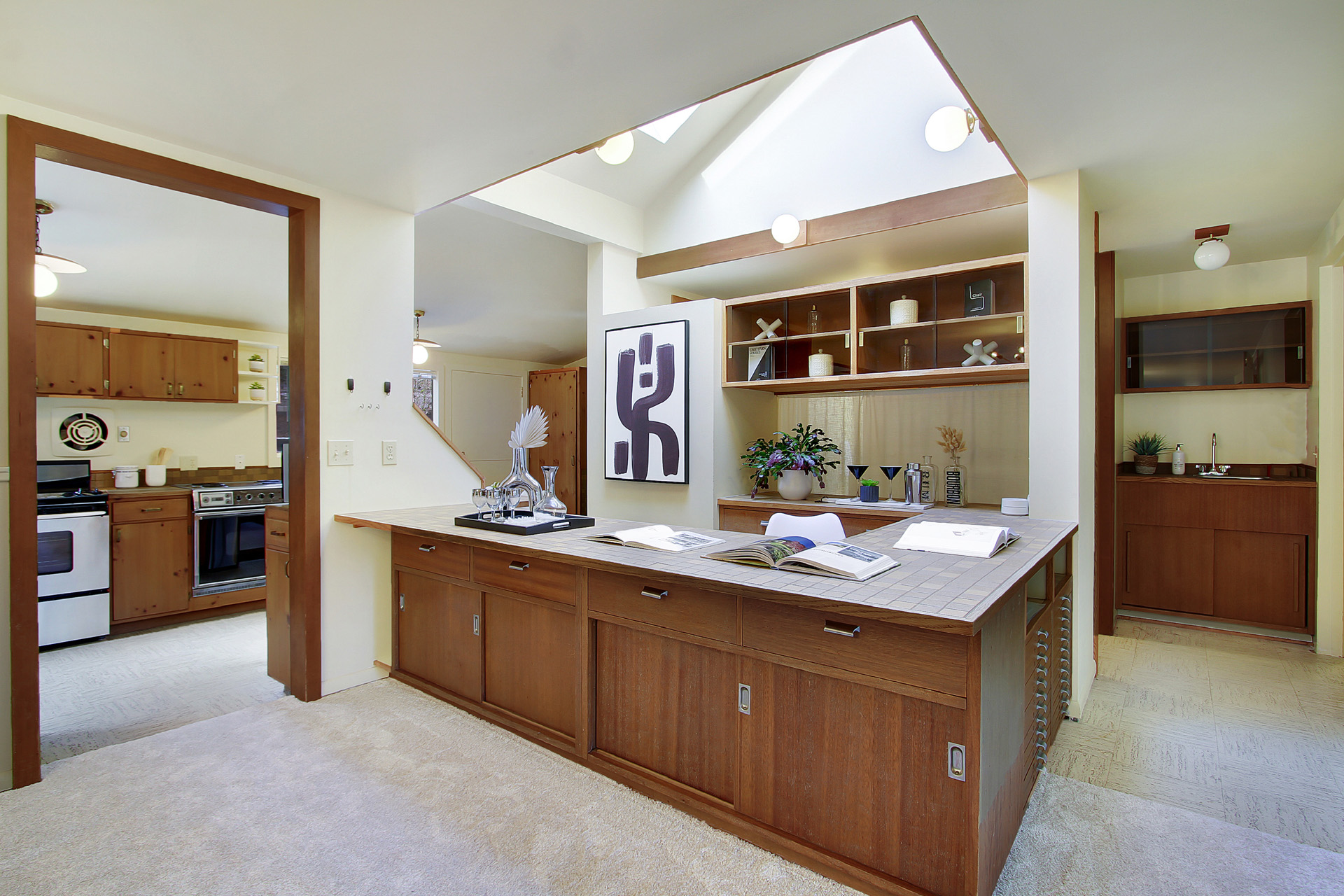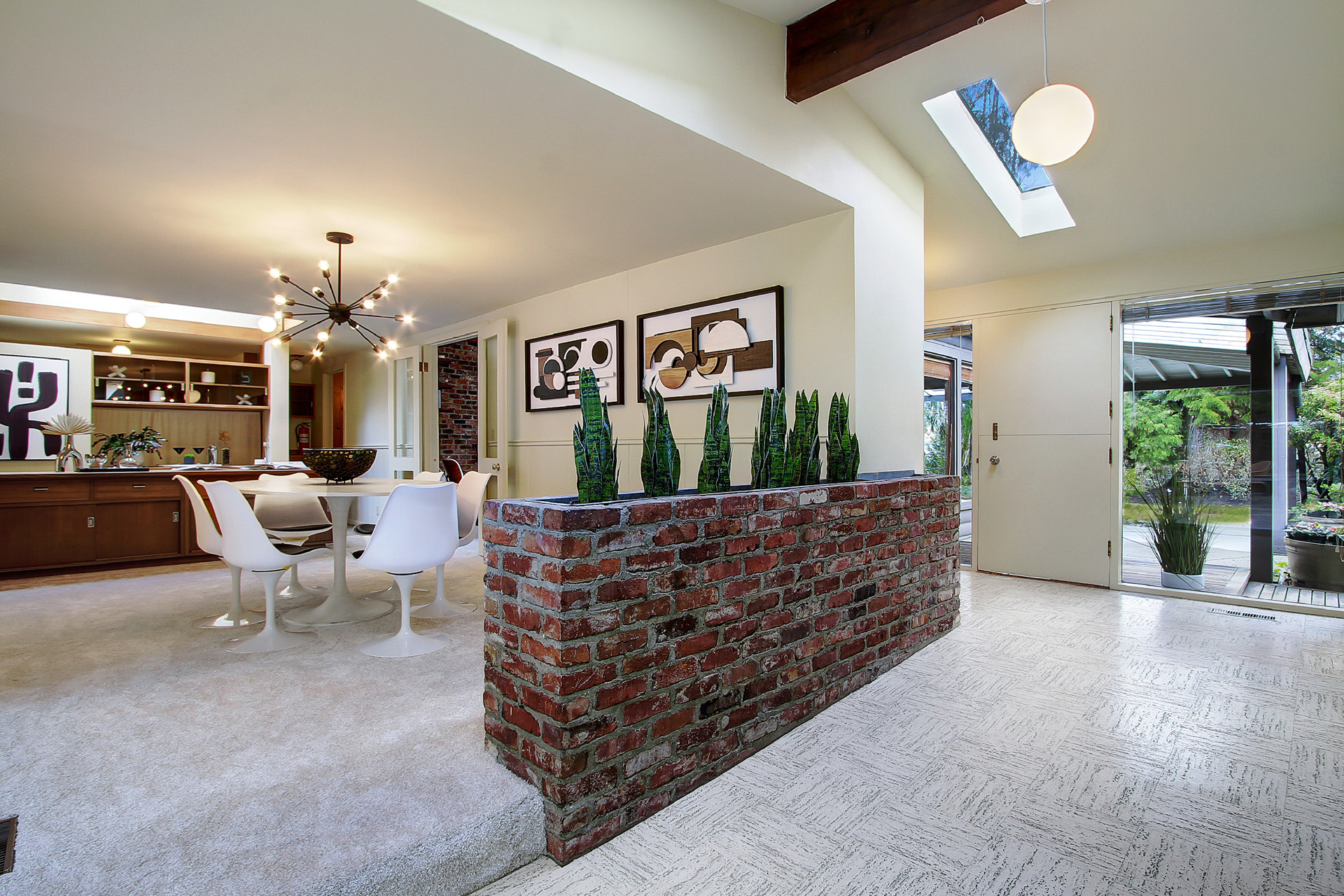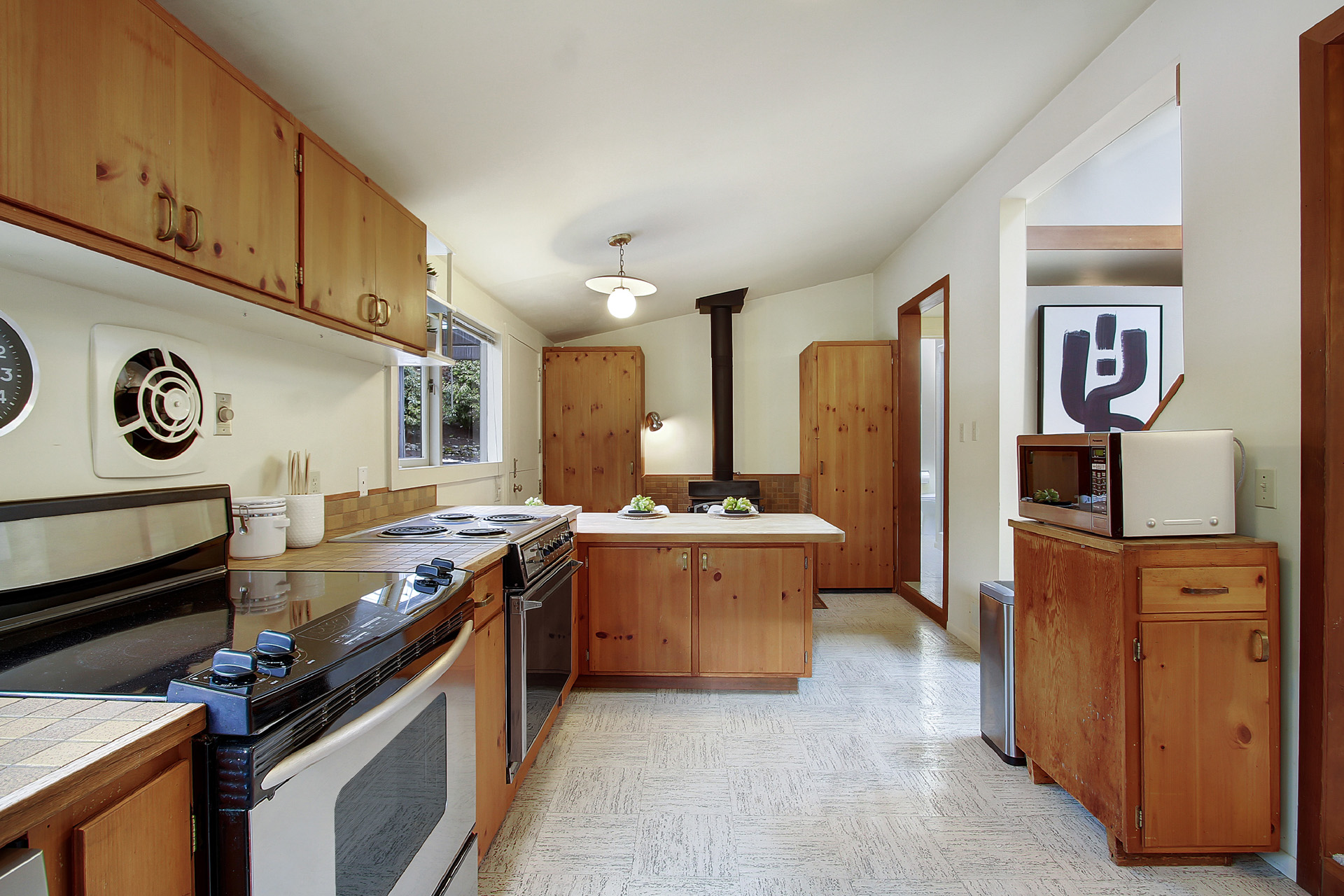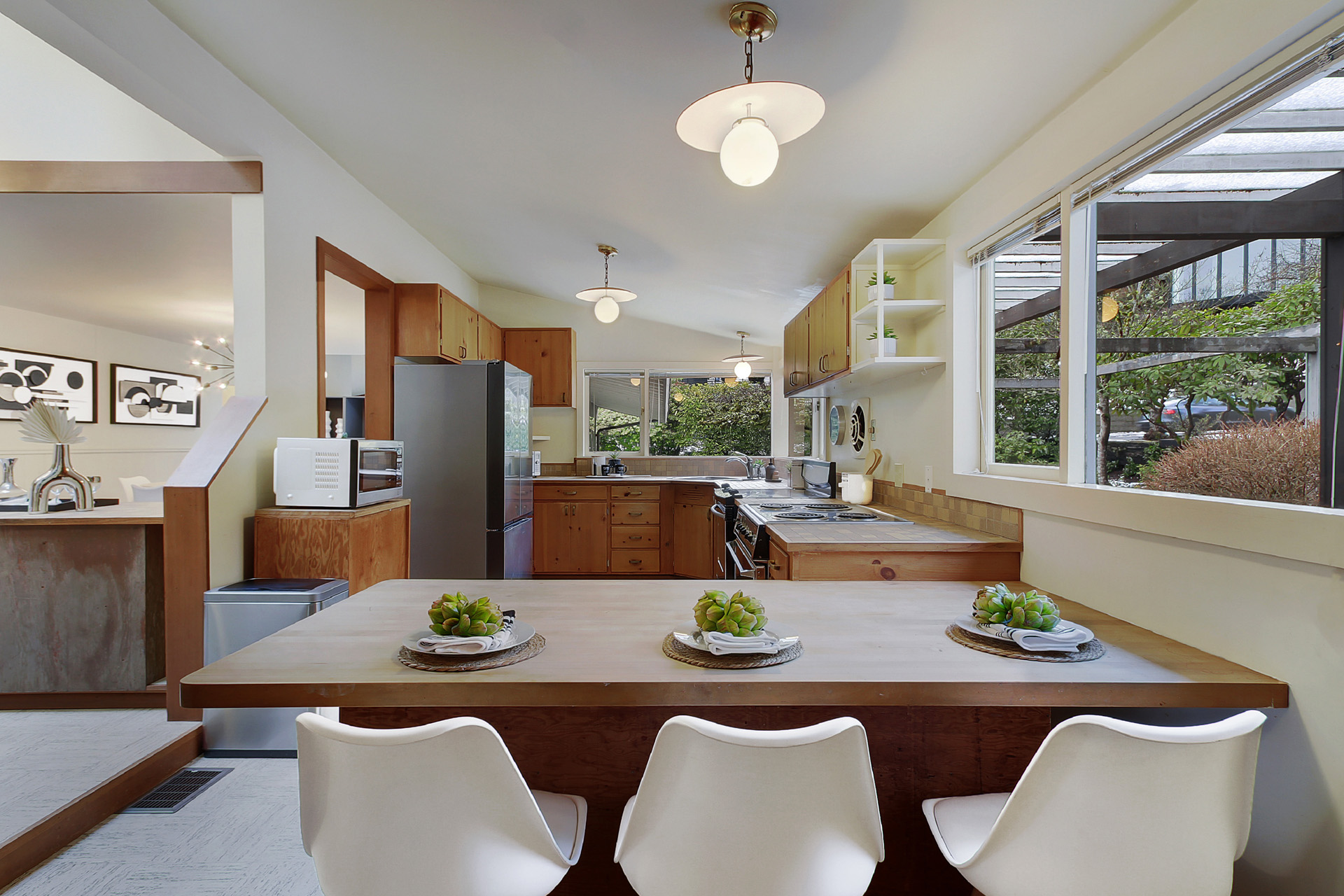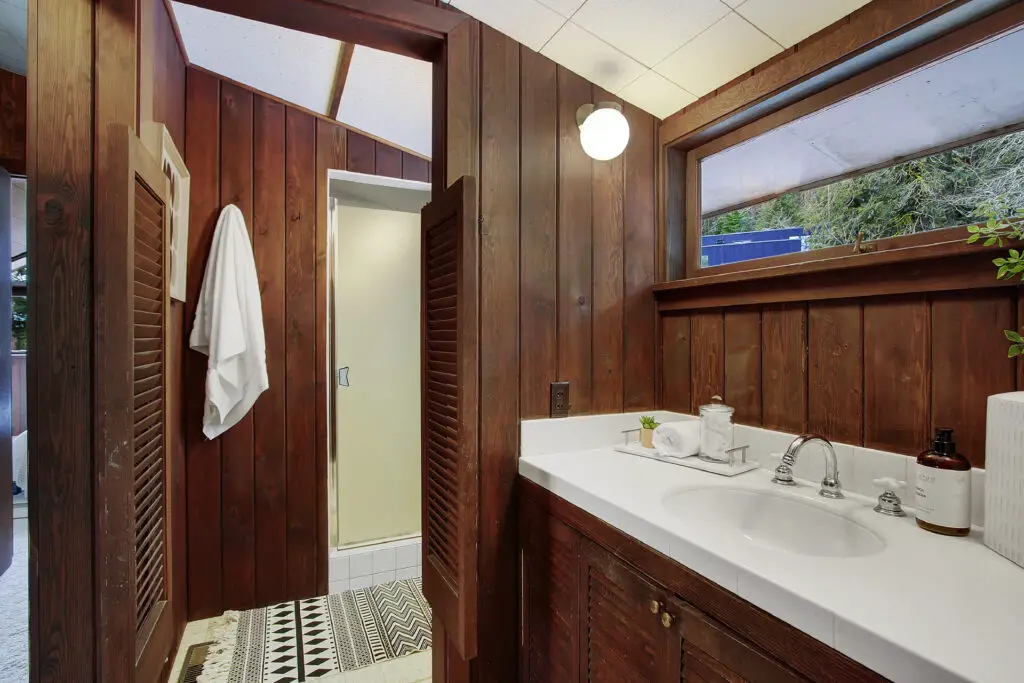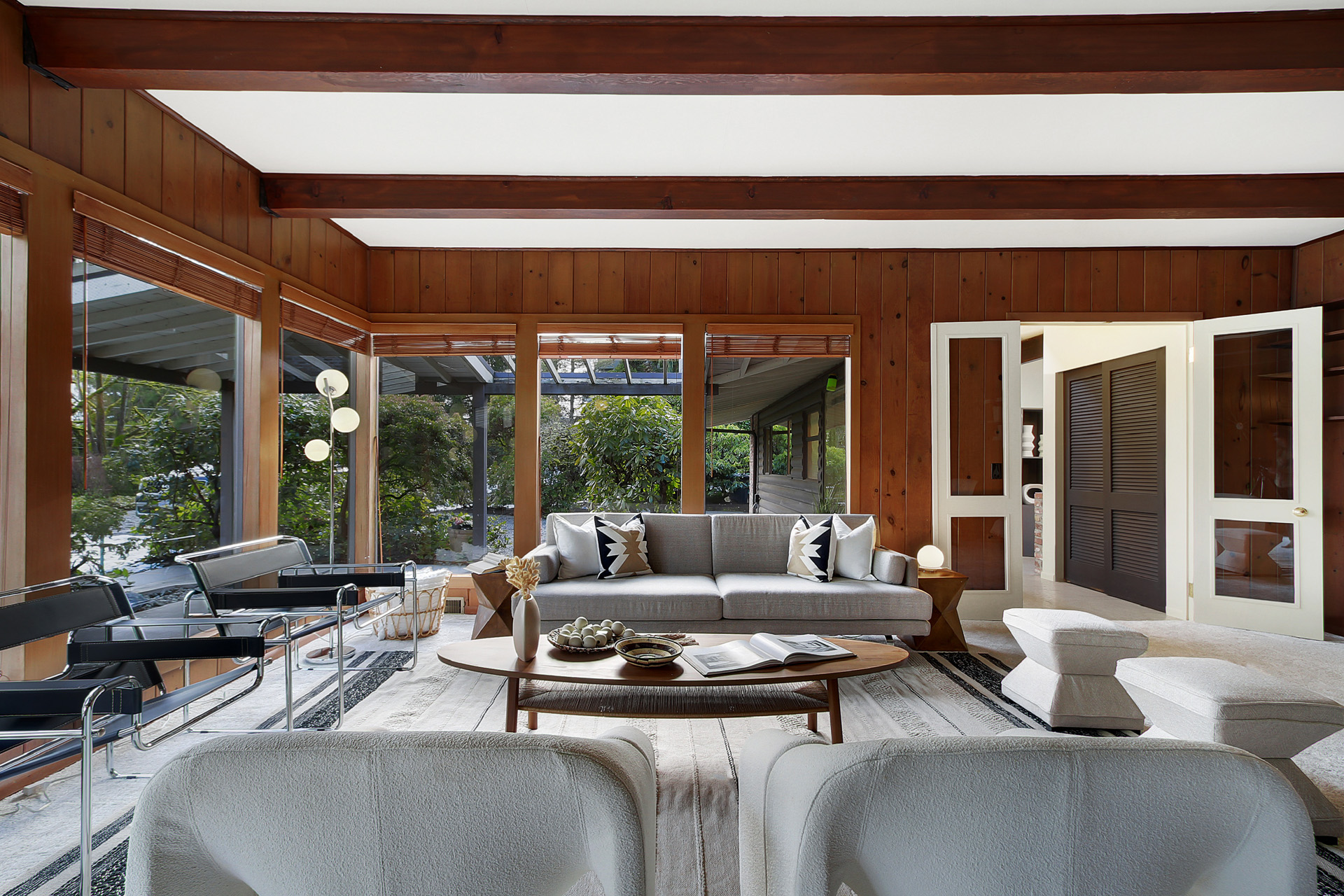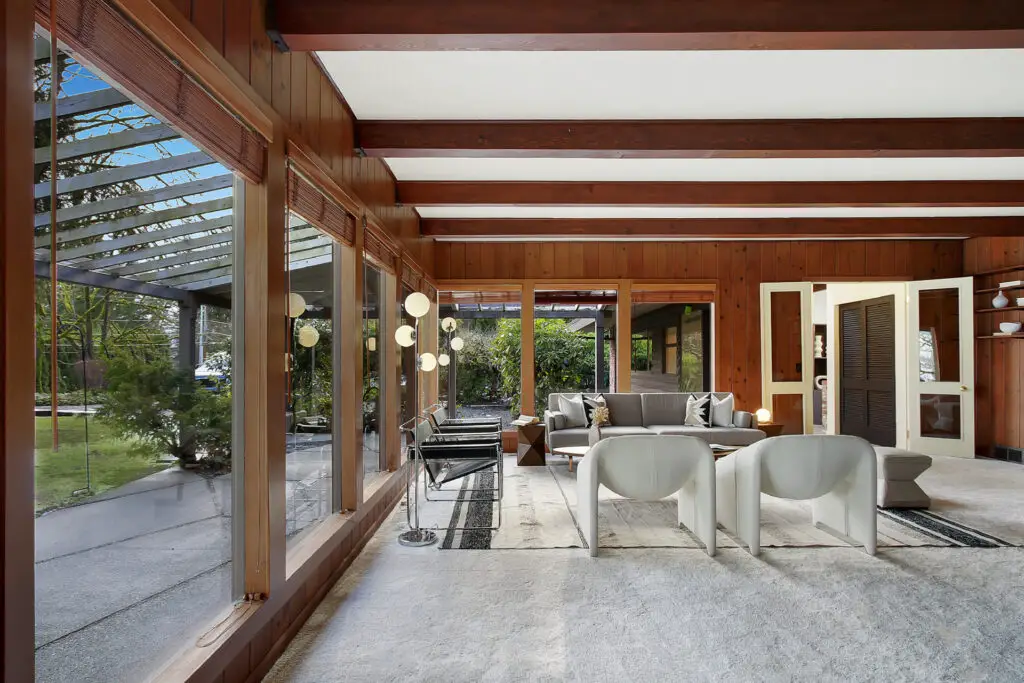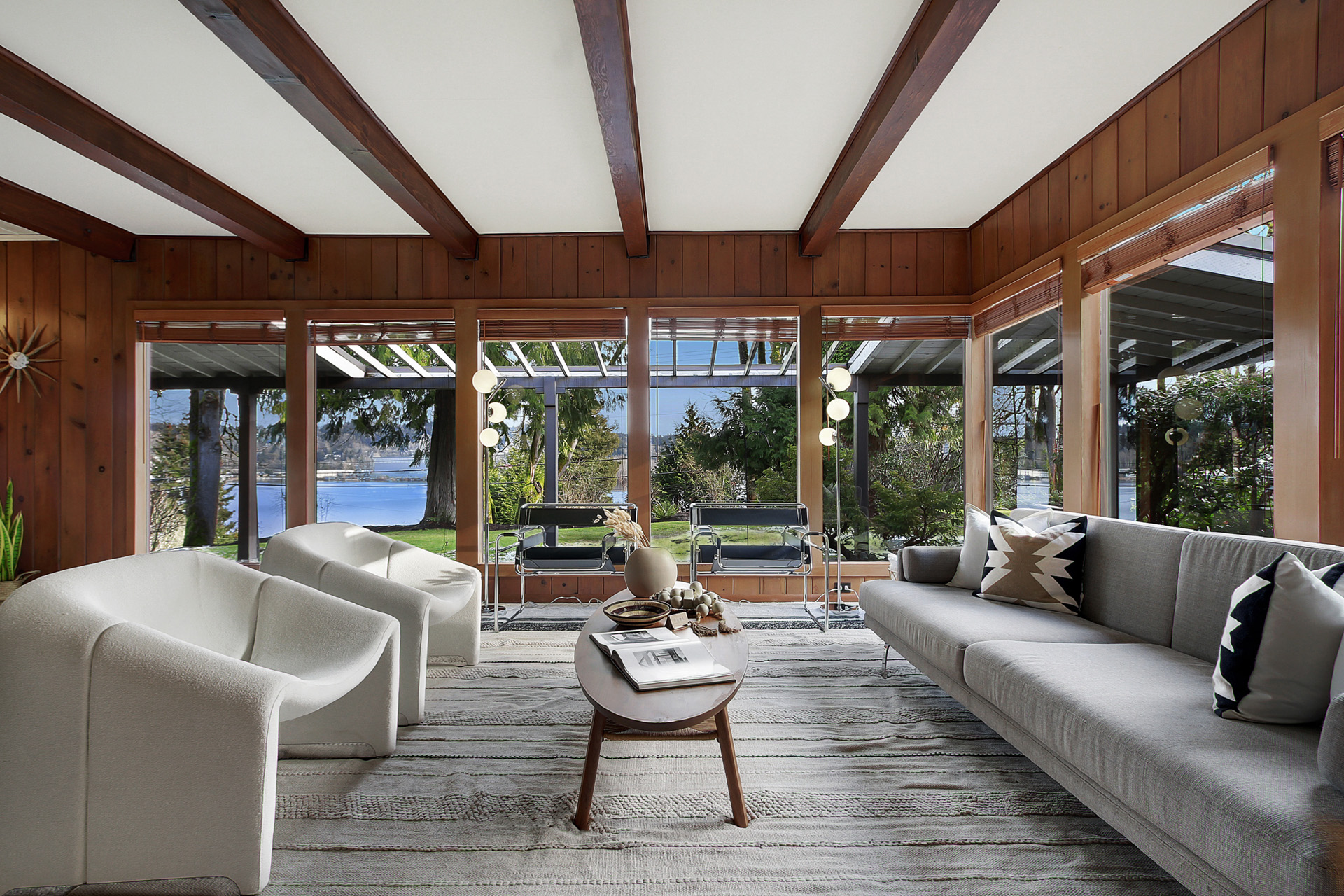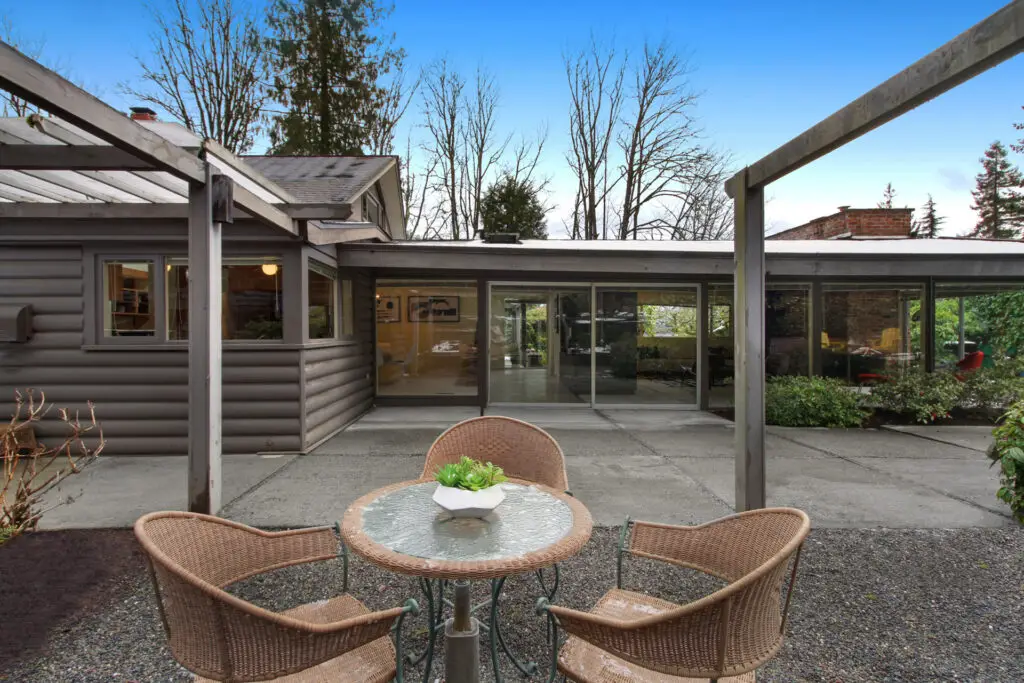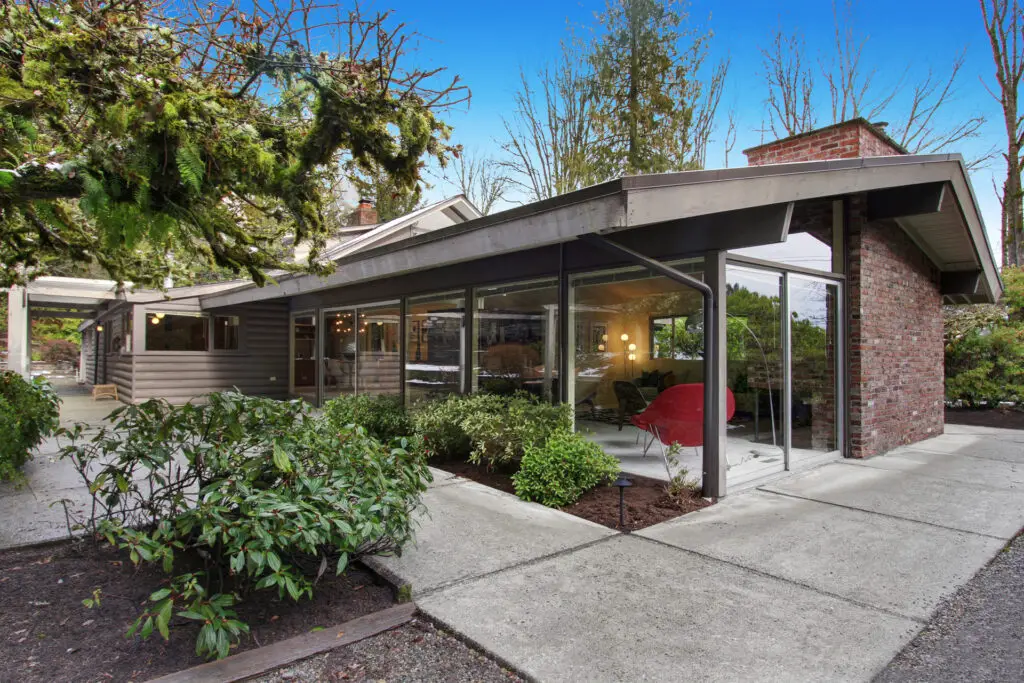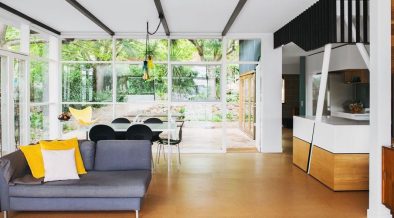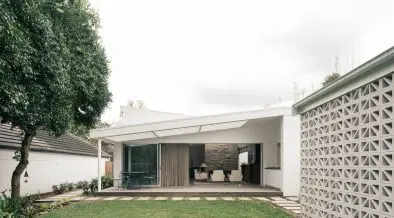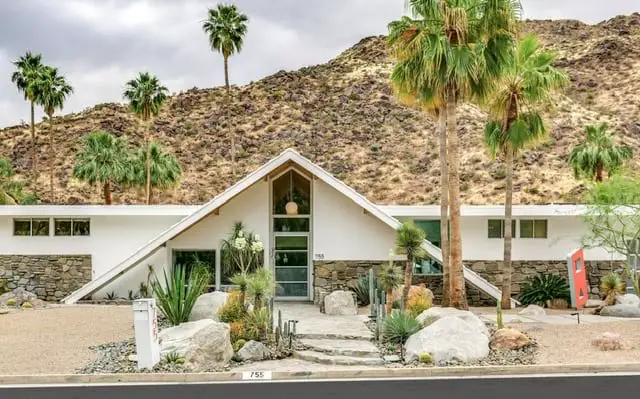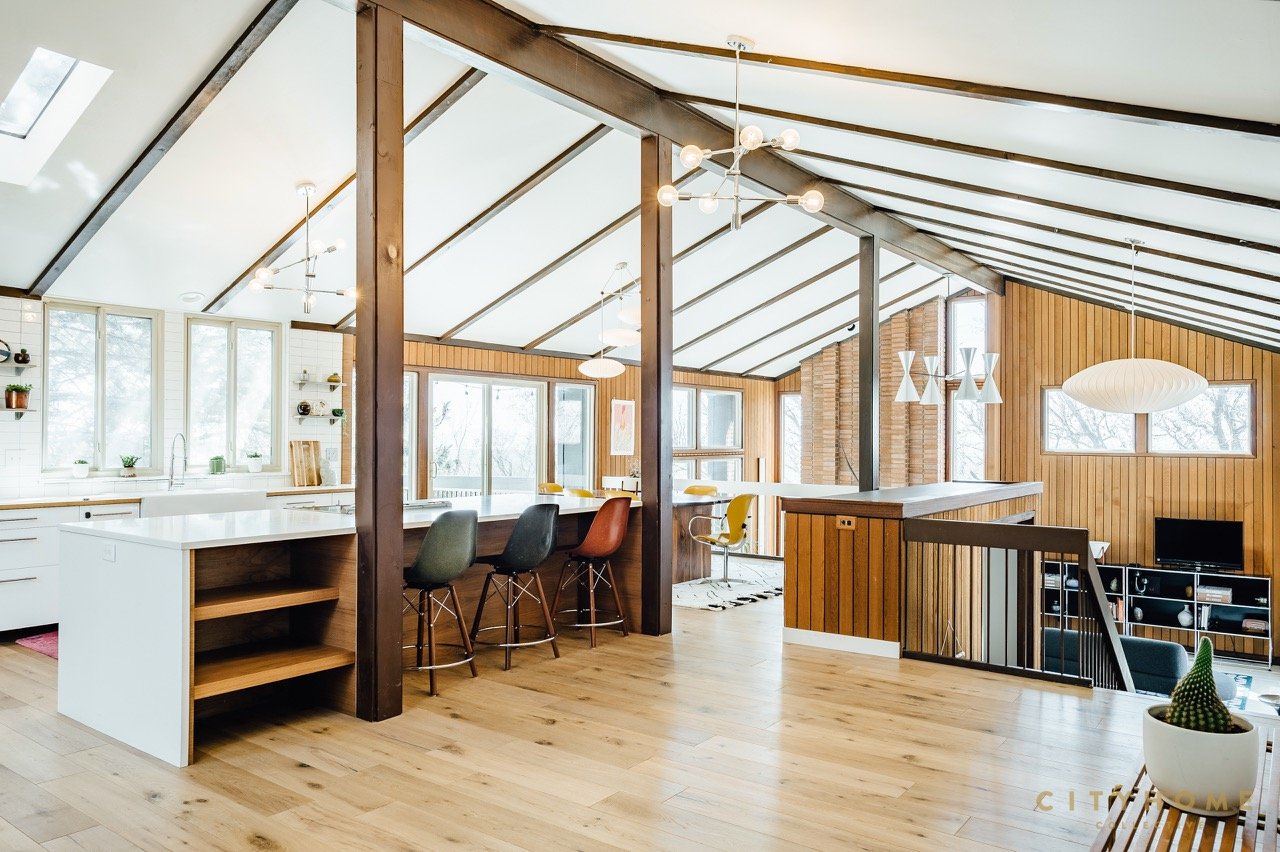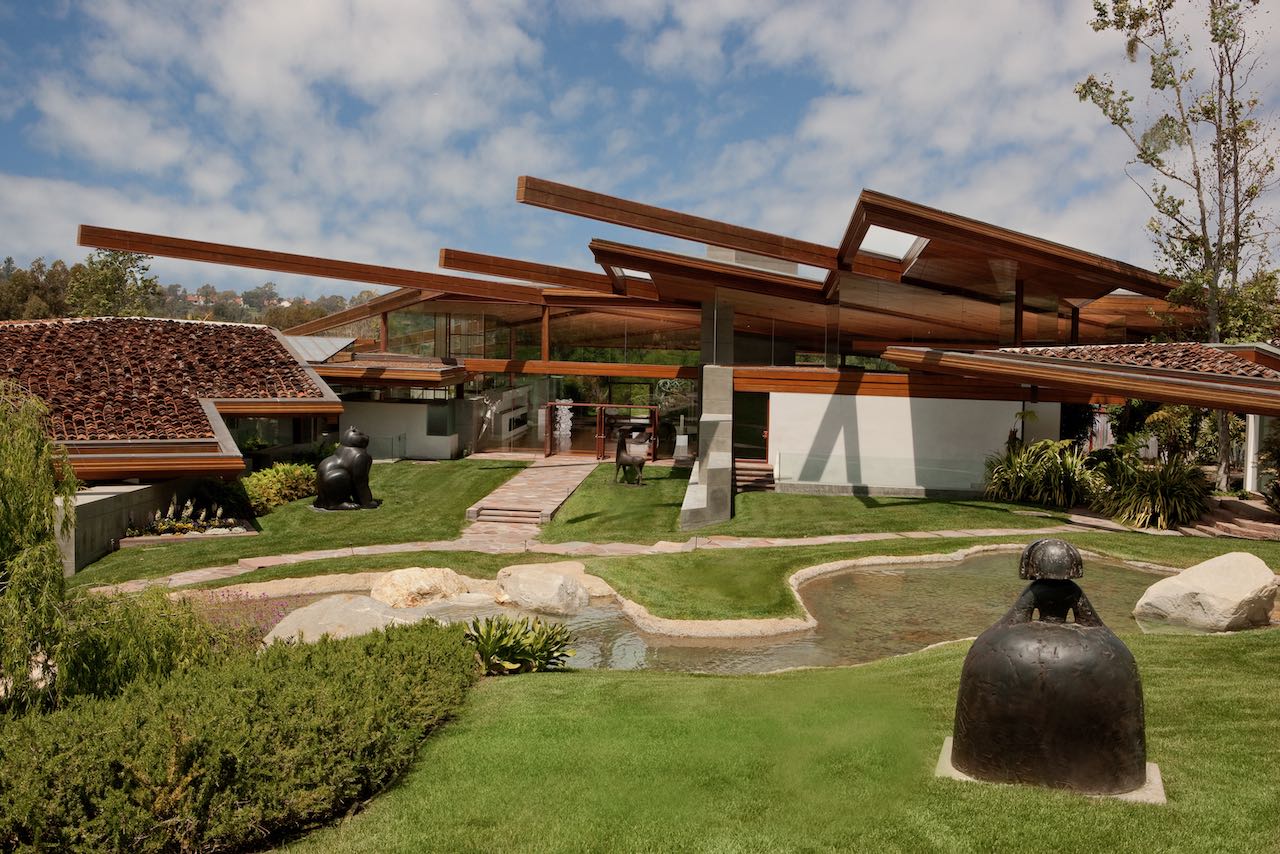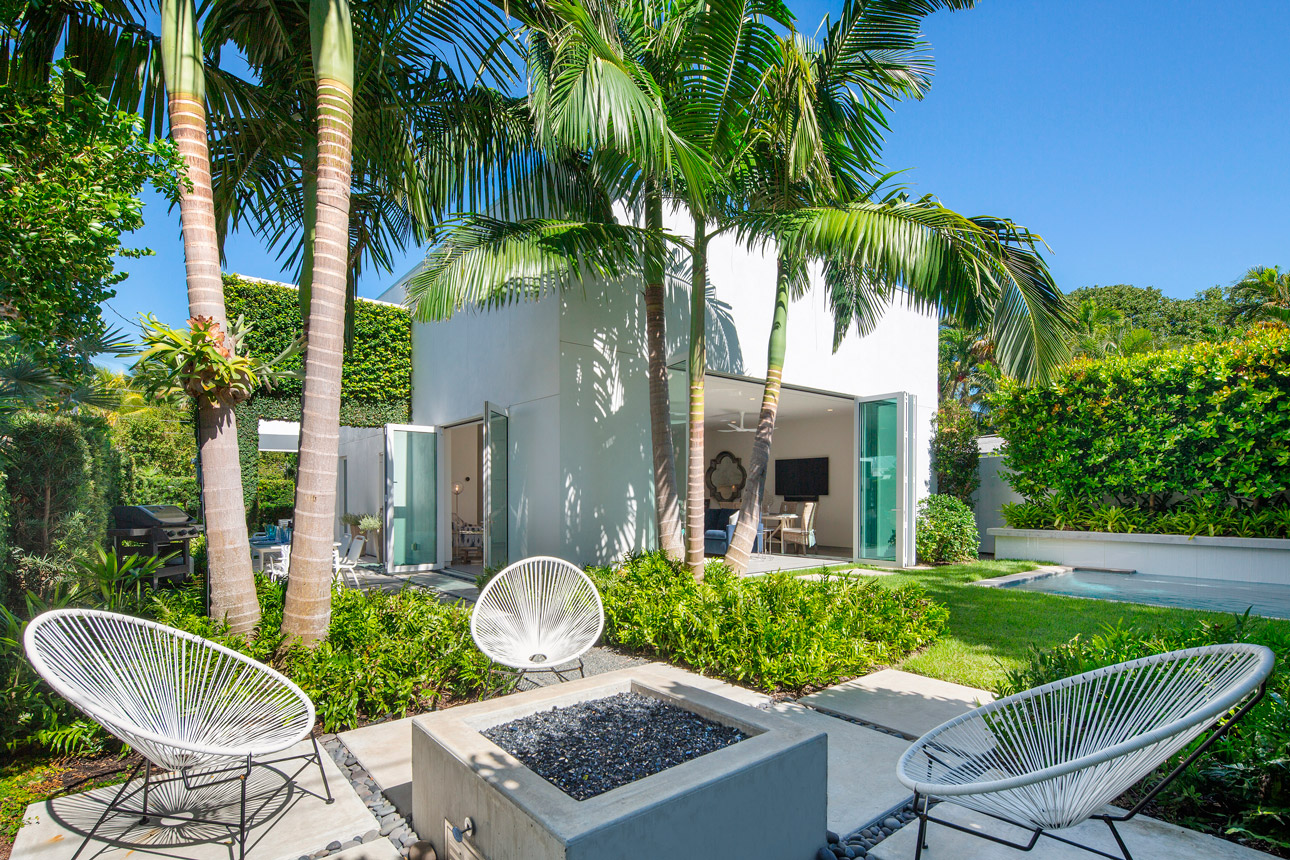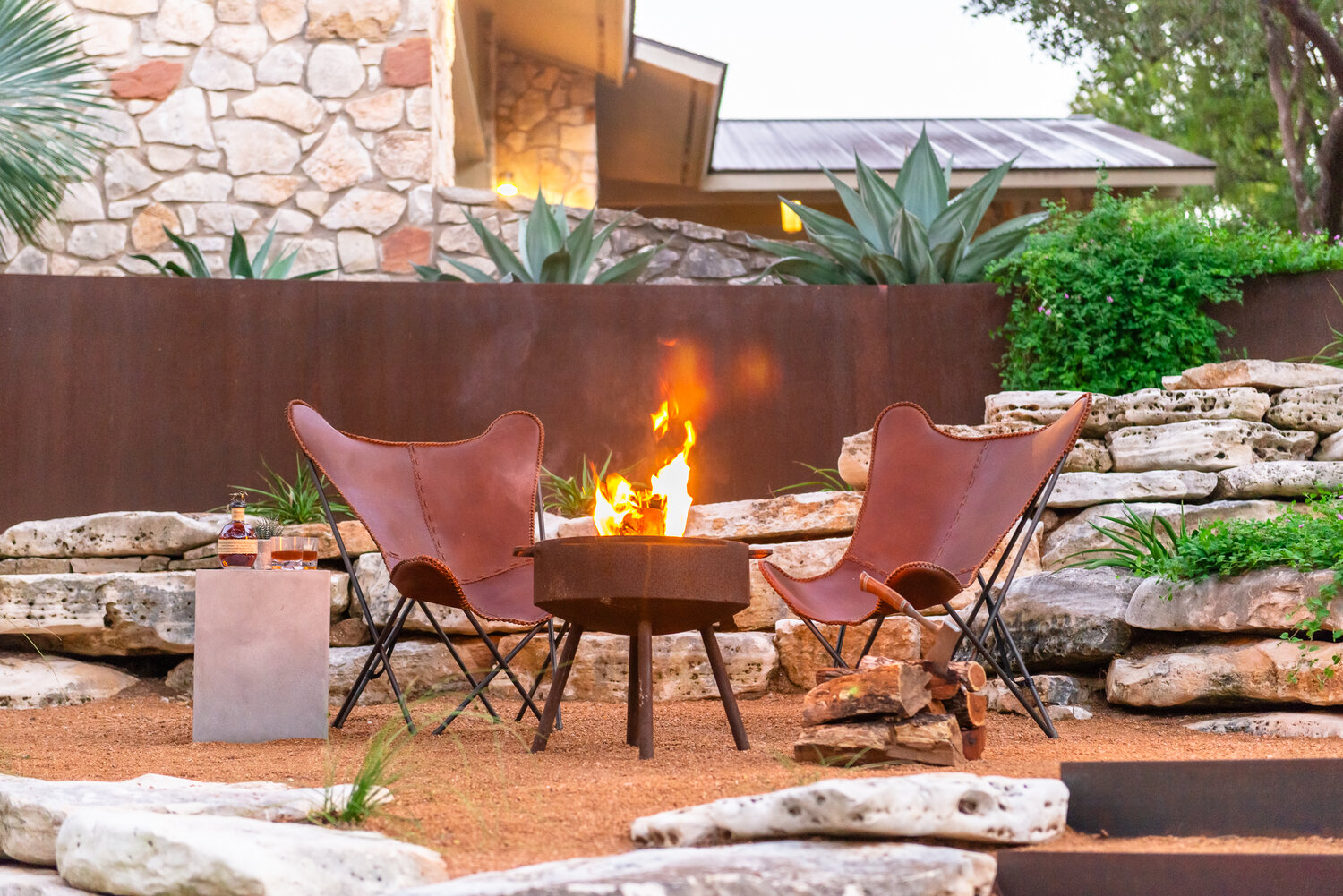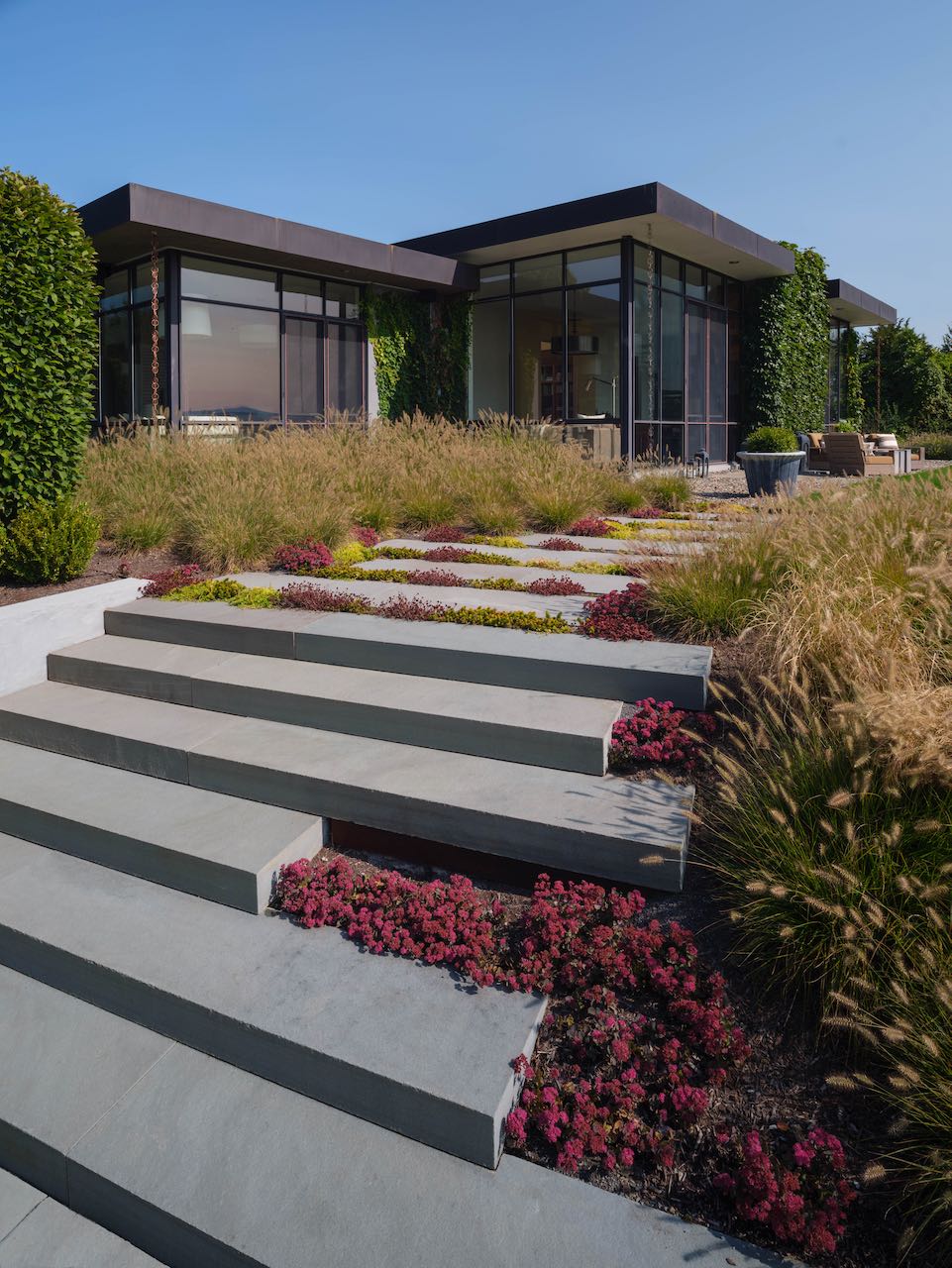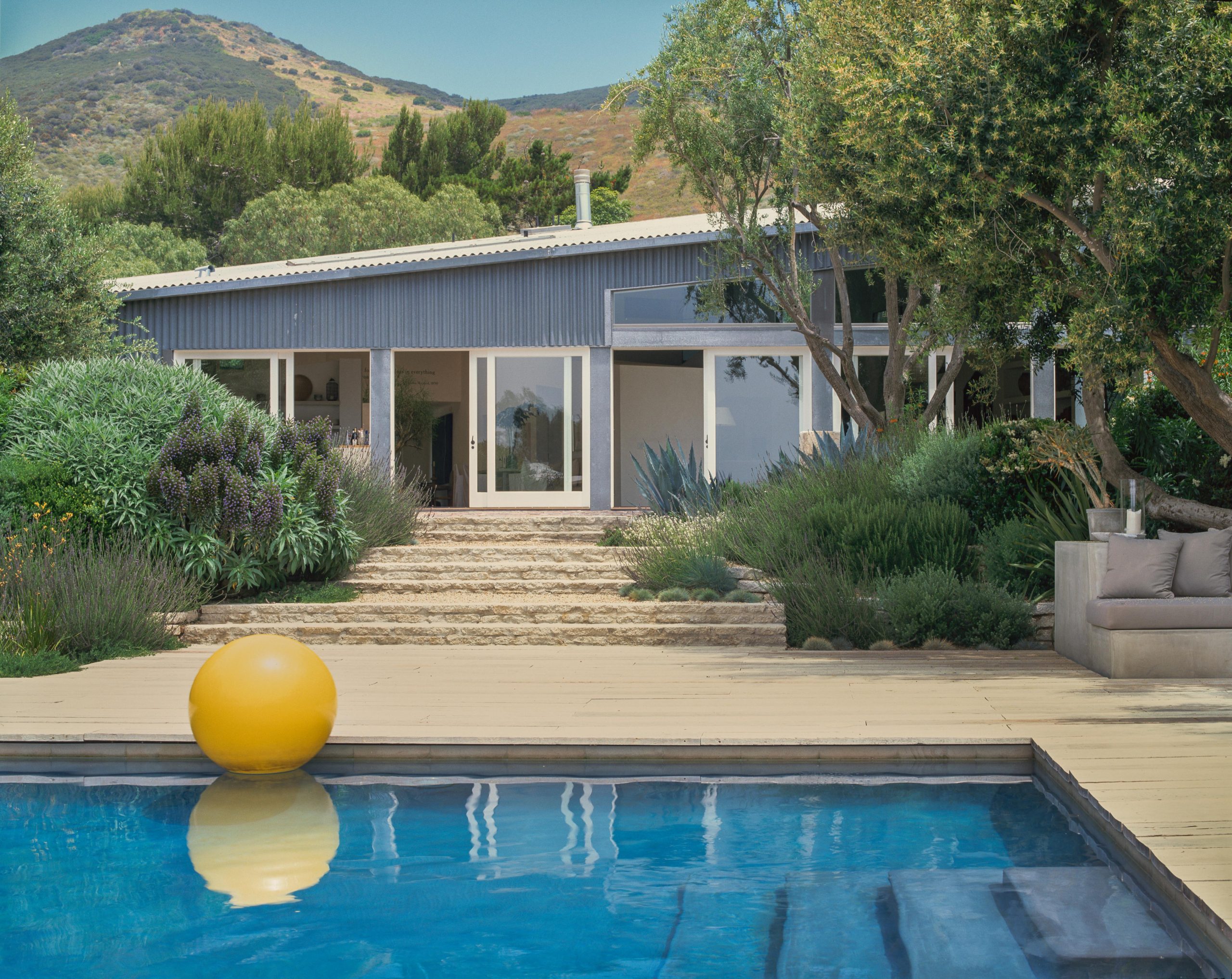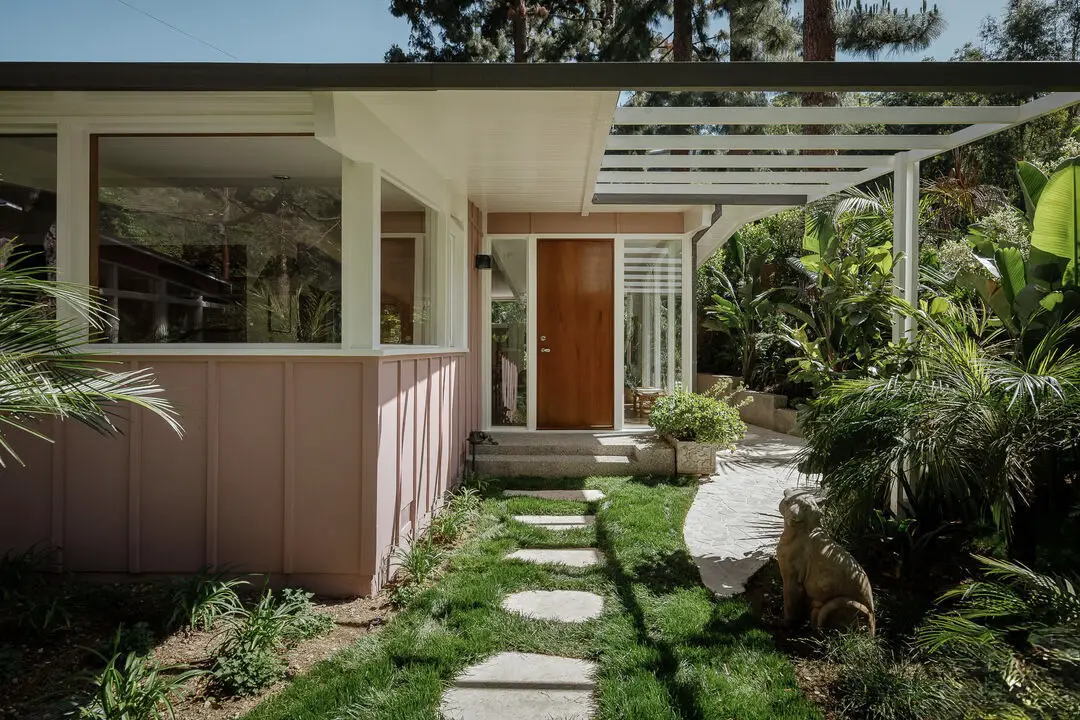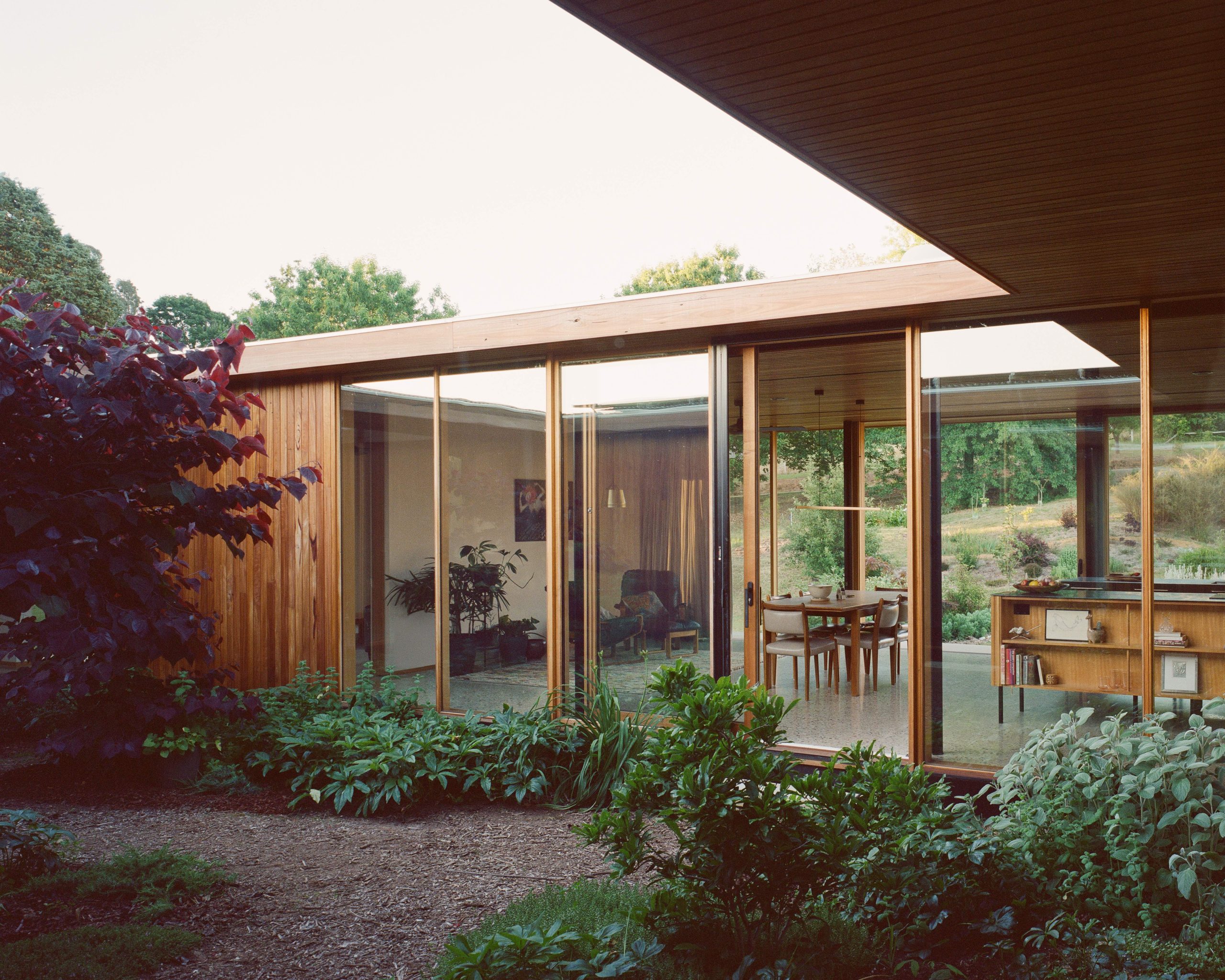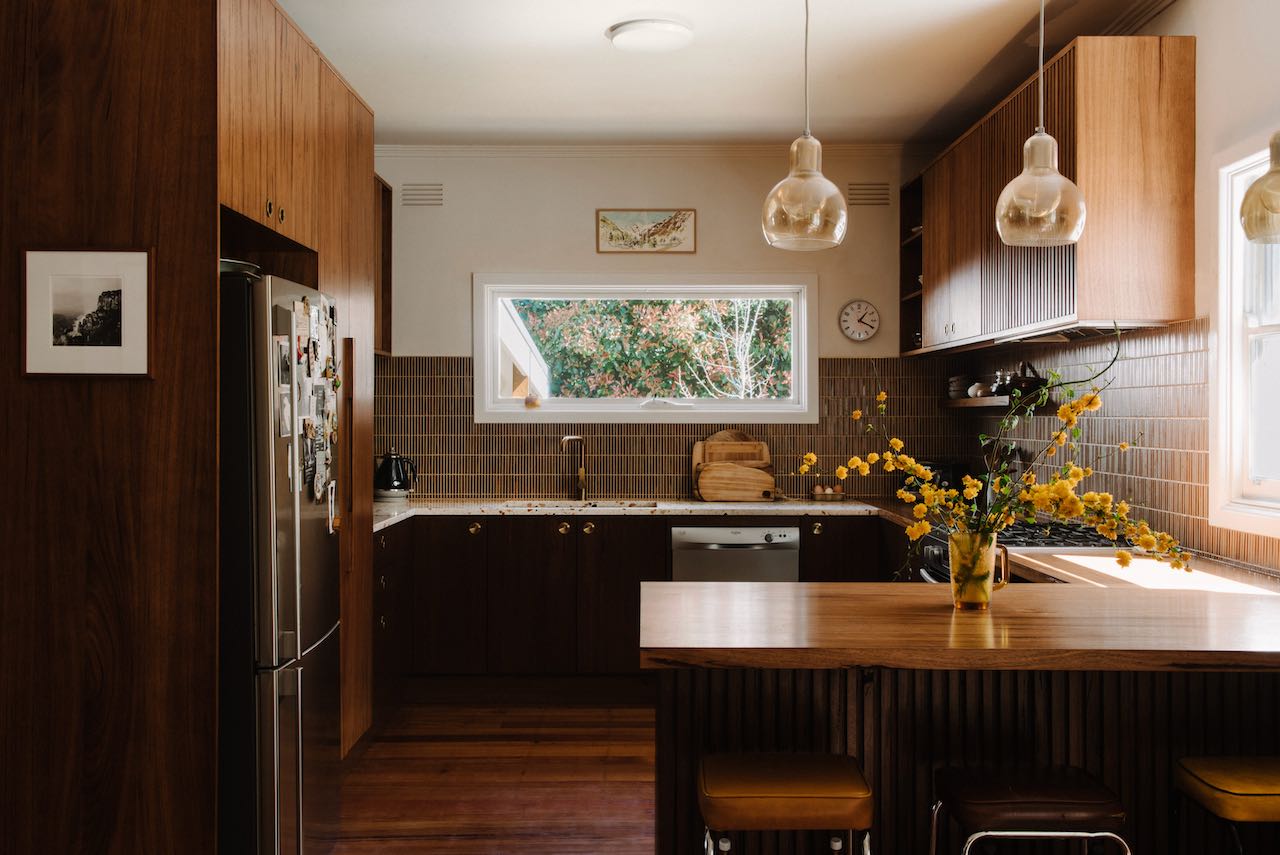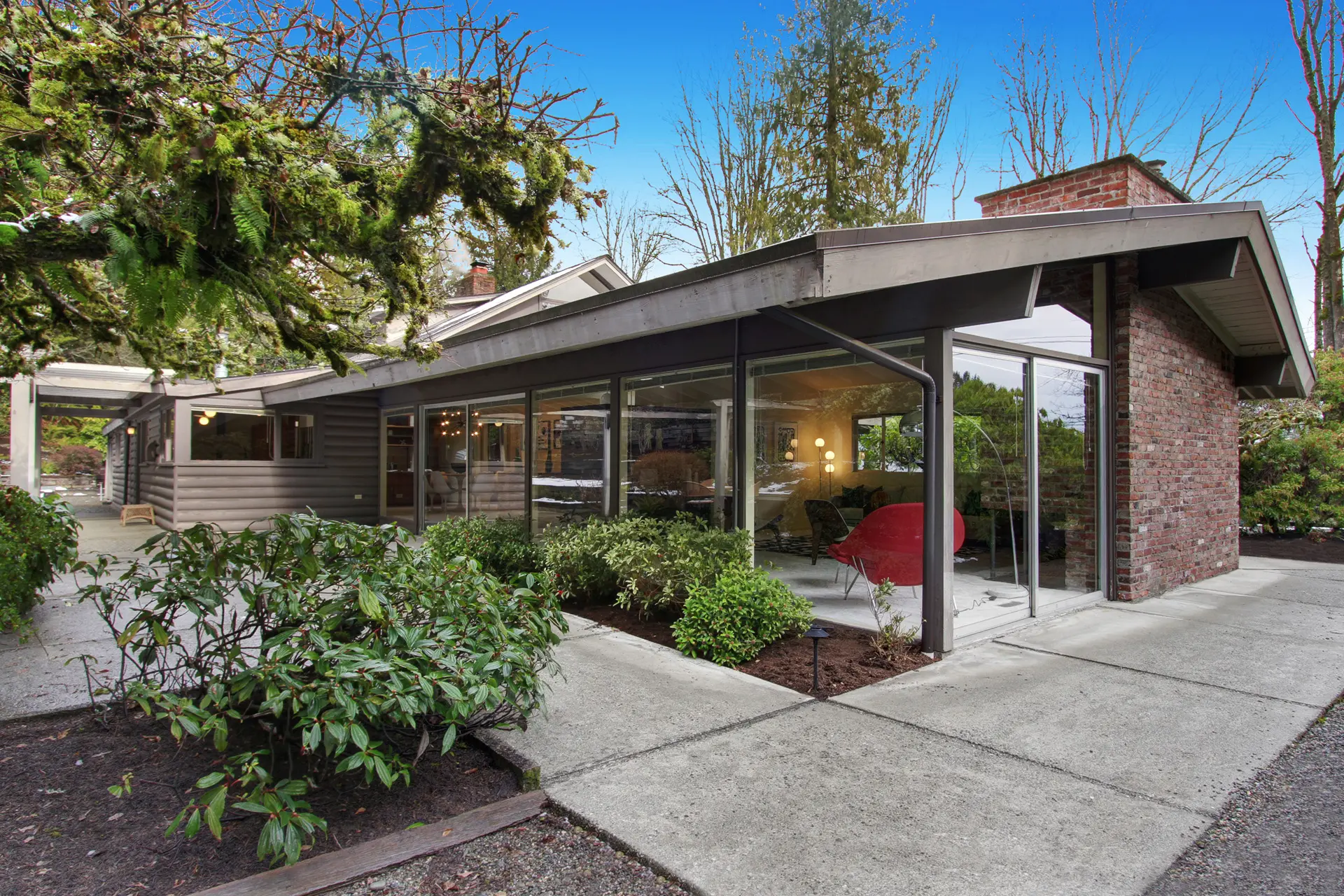
Some houses hold stories within their walls—layered memories shaped by decades of love, hard work, and community. The Barto family home on Mercer Island is one such place: a converted racehorse stable that, for 71 years, served not only as a residence but as a gathering ground, a refuge, and the heart of a family compound.
It began in 1949, when Tom and Ginny Barto, newly married and full of post-war hope, purchased five acres of land on Mercer Island. Tom, a Seattle office worker by day, transformed a modest caretaker’s cottage and horse stable into a warm and functional family home—one nail and neighbourly favour at a time.
As with many pioneering postwar families, progress came on weekends and evenings, through shared skills and borrowed tools. It took seven years of hands-on building before the family could finally move into the main house.
Before that, they lived in the “little house,” a former garage and shop that became home to their first four children. Space was tight, but the surrounding land offered endless freedom. The children grew up with horses, chickens, rabbits—and even a steer affectionately named Billy Lawn Mower. Life was defined by movement and connection, from the outdoor lifestyle to the revolving door of guests, tenants, and extended family. At one point, over 50 people had called the Barto property home in some capacity.
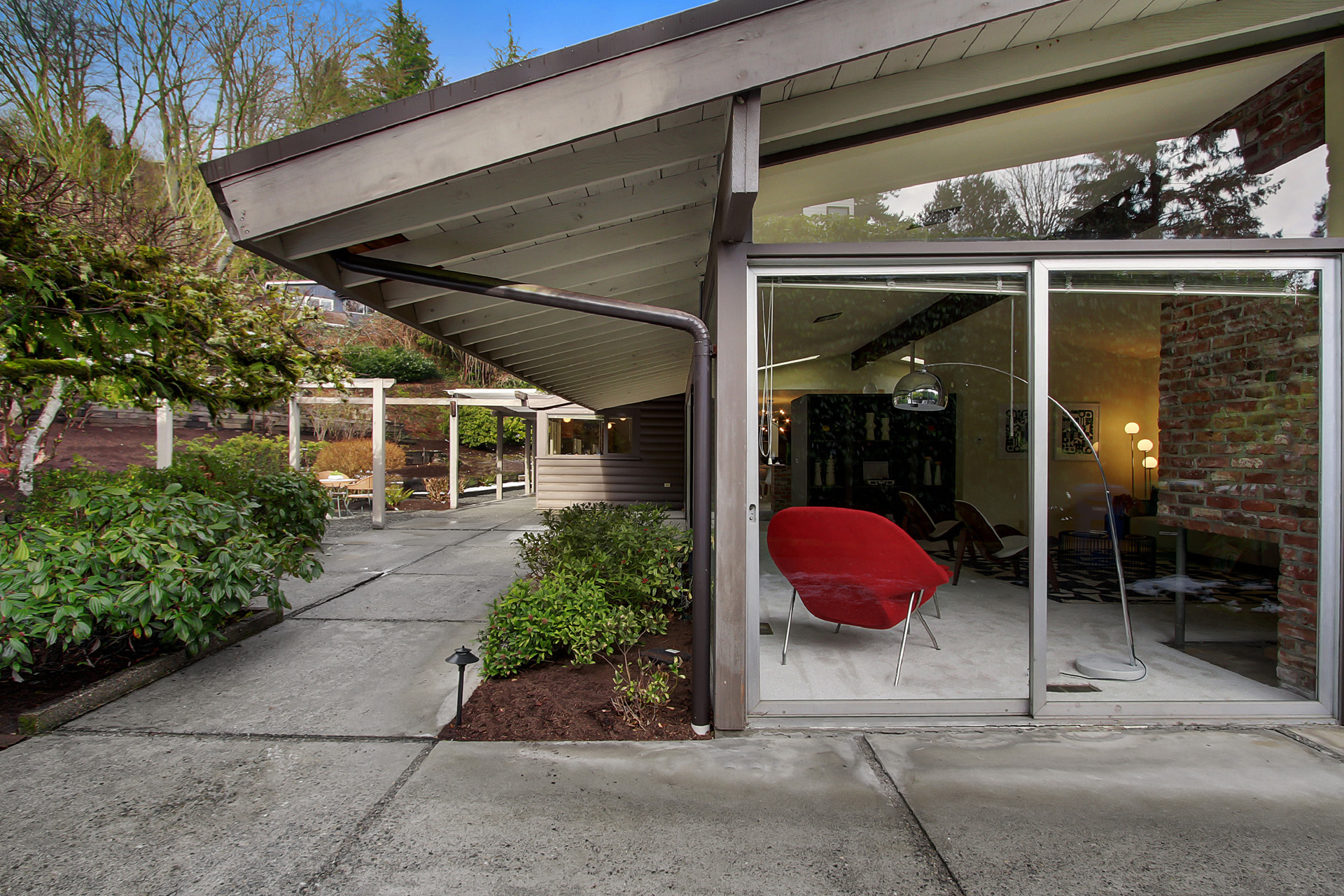
As the house evolved, so too did its purpose. An accessible ramped floor in the recreation room was designed with future needs in mind—an early gesture toward ageing-in-place. Both sets of grandparents spent time in the home, supported by the Bartos’ deep commitment to family care.
The house never stood still. It expanded and adapted to accommodate the flow of life, anchored by Tom and Ginny’s dedication to both family and community. Mercer Island was still a small, tight-knit town, and the Barto family played an active role in shaping it.
Tom served as one of the city’s first council members, later becoming its second mayor, and took part in building the local school system. Ginny was equally involved—editing the Mercer Island Reporter in its early days and helping to secure the land that would become the Mercer Island Beach Club. Together, their legacy is embedded in the island’s civic and social life.
In later years, the Barto property organically expanded into a true family compound. Two of the children built homes on adjacent parts of the original land, and one son eventually moved just a few blocks away. Even after Tom’s passing, Ginny resisted selling. The house remained a constant—ready to support family members in need, to offer shelter, or simply to hold space for the next generation.
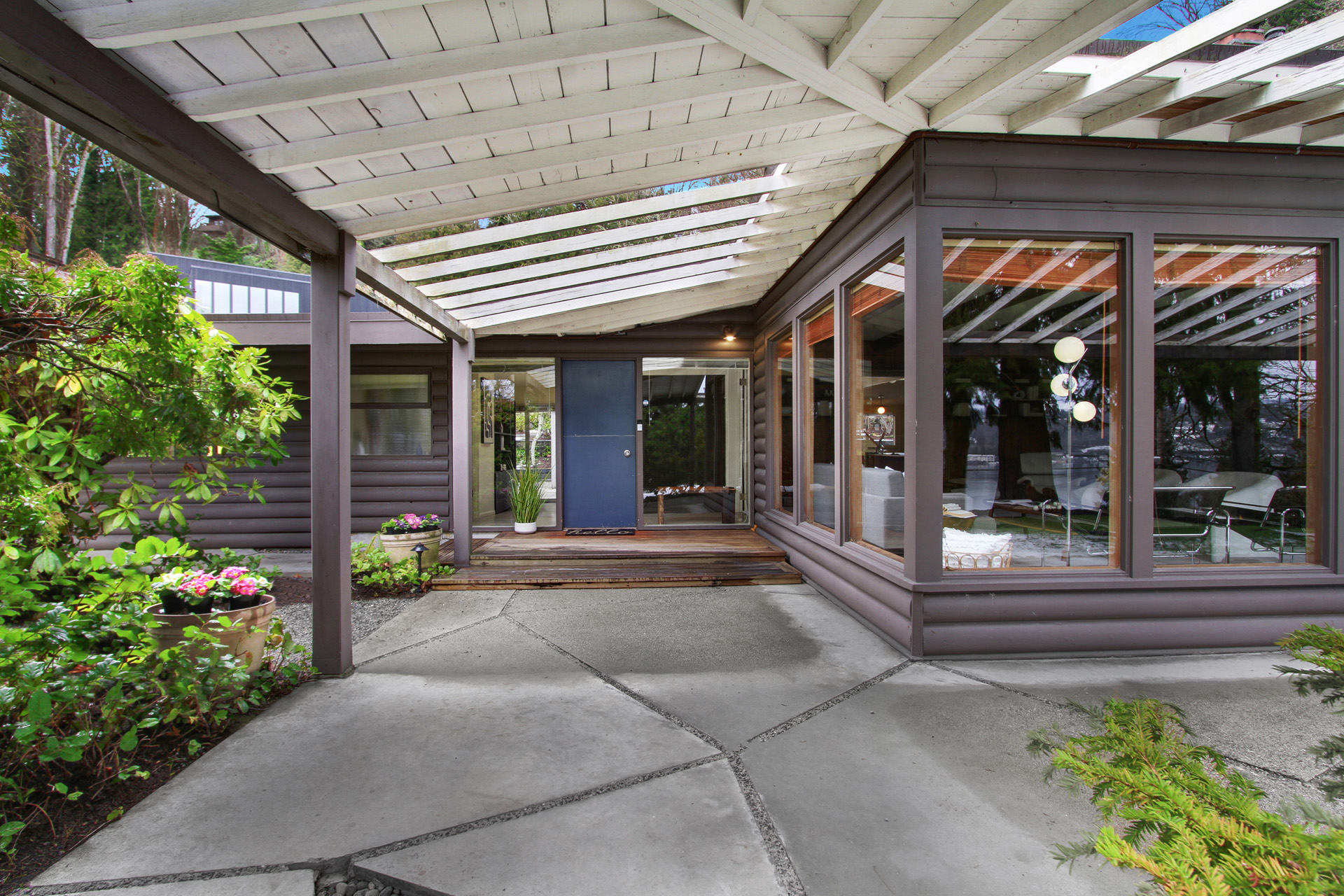
At the heart of this home’s story is a profound sense of generosity. Whether welcoming friends, hosting tenants in the little house, or caring for aging parents, the Barto family approached home as a shared space—one defined less by structure than by spirit.
Now, as the house enters a new chapter with new stewards, its story continues. There’s hope that this home, born of humble ambition and nurtured through decades of togetherness, will keep inspiring connection and community—just as Tom and Ginny envisioned back in 1949.
